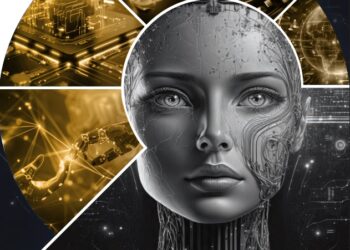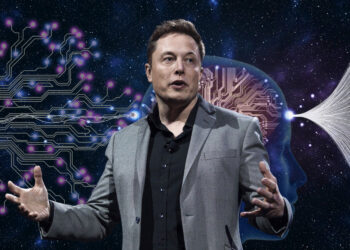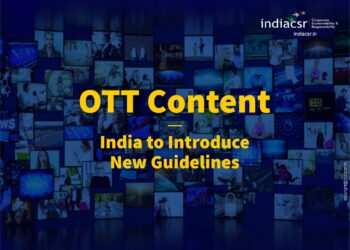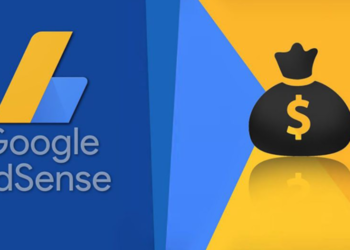AI can be used to augment and enhance human intelligence, while human intelligence can be used to guide and direct AI. Despite the challenges, this relationship presents a number of opportunities to solve some of the world’s most pressing problems and to create a more equitable and prosperous world.
Artificial intelligence (AI) and human intellect are two of the most powerful forces in the world today. AI is the ability of machines to perform tasks that would normally require human intelligence, such as learning, reasoning, and problem-solving. Human intellect is the ability of humans to think, understand, and learn.
AI and human intellect are often seen as being in competition with each other. However, I believe that they are actually complementary forces. AI can be used to augment and enhance human intelligence, while human intelligence can be used to guide and direct AI.
In this essay, we will explore the relationship between AI and human intellect. We will discuss how AI can be used to augment and enhance human intelligence, and how human intelligence can be used to guide and direct AI. We will also discuss the challenges and opportunities of this symbiotic relationship.
How AI Can Augment and Enhance Human Intelligence
AI can be used to augment and enhance human intelligence in a number of ways. For example, AI can be used to:
Automate tasks: AI can be used to automate repetitive and time-consuming tasks, freeing up humans to focus on more creative and strategic work.
Provide insights and recommendations: AI can be used to analyze large datasets and identify patterns and trends that would be difficult or impossible for humans to see. This information can then be used to make better decisions.
Enhance creativity and innovation: AI can be used to generate new ideas and solutions to problems. This can help humans to think more creatively and innovatively.
Example
For example, AI is already being used in a variety of ways to augment and enhance human intelligence in the workplace. For example, AI-powered customer service chatbots can answer customer questions and resolve issues quickly and efficiently. AI-powered marketing tools can help businesses to target their marketing messages more effectively. And AI-powered manufacturing tools can help businesses to improve their production efficiency.
AI can augment human intelligence, and reciprocally, human insight can steer AI. Despite inherent challenges, this symbiosis offers numerous opportunities to address global issues and foster a more just and affluent world.
How Human Intelligence Can Guide and Direct AI
Human intelligence can be used to guide and direct AI in a number of ways. For example, human intelligence can be used to:
Set goals and objectives: AI systems need to be programmed with clear goals and objectives. Human intelligence can be used to define these goals and objectives.
Provide feedback: AI systems need to be trained on data in order to learn and improve. Human intelligence can be used to provide feedback on the data that is used to train AI systems.
Monitor and evaluate performance: Human intelligence can be used to monitor and evaluate the performance of AI systems. This helps to ensure that AI systems are performing as expected and that they are not being used for malicious purposes.
Example
For example, human intelligence is used to guide and direct AI in self-driving cars. Self-driving cars are equipped with AI systems that can analyze sensor data and make decisions about how to navigate the road. However, human intelligence is still needed to set the goals and objectives for self-driving cars, to provide feedback on the data that is used to train AI systems, and to monitor and evaluate the performance of AI systems.
Challenges
The symbiotic relationship between AI and human intellect presents a number of challenges and opportunities.
Challenge of Bias in AI Systems
One challenge is that AI systems can be biased. This is because AI systems are trained on data that is collected from the real world, and this data can reflect the biases that exist in the real world. It is important to be aware of this potential for bias and to take steps to mitigate it.
The Opacity Dilemma in AI Decision-Making
Another challenge is that AI systems can be opaque. It can be difficult to understand how AI systems make decisions. This can make it difficult to trust AI systems and to use them responsibly. It is important to develop AI systems that are more transparent and accountable.
Opportunities
Symbiosis Between AI and Human Intellect: An Overview
Despite these challenges, the symbiotic relationship between AI and human intellect presents a number of opportunities. AI can be used to augment and enhance human intelligence in many ways, and human intelligence can be used to guide and direct AI.
Tackling Global Dilemmas: AI’s Potential
One opportunity is that AI can help us solve some of the world’s most pressing problems, such as climate change and disease. AI can be used to develop new technologies and solutions that can help us to address these problems.
Fostering Equity and Prosperity: The Role of AI
Another opportunity is that AI can help us to create a more equitable and prosperous world. AI can be used to automate tasks that are currently performed by humans, freeing up humans to focus on more meaningful and creative work. AI can also be used to develop new products and services that can improve the lives of people around the world.
(Copyright@IndiaCSR)
Also Read: The AI Revolution: Amazon’s $4 Billion Gamble And Why Every Investor Should Embrace AI Investments





















